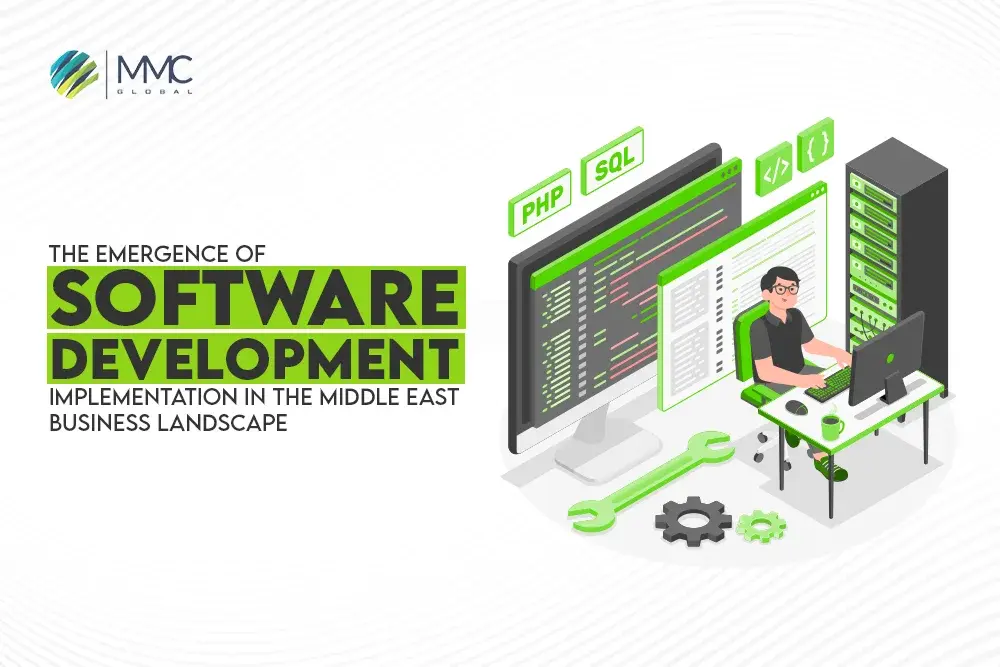The architecture industry is the most innovative and creative industry that reshaping construction and real estate businesses by building unique design structures. With the help of unique technologies and innovation, creativity in architectural design has tremendously changed beyond the imagination which is getting immense appreciation worldwide. However, one of the ever-evolving technologies, artificial intelligence, immensely helps create stunning delineations with acuteness and functionality in mind.
In order to get a rough idea of the actual building, architects needed to map out their thought processes into a visual design or blueprint so that they construct accordingly. The design needs approval by the clients and in case any requirement of change must be allocated. In fact, the traditional approach is so time-consuming and requires proper human attention to make it flawless as well as creative.
Right now, the modernistic approach has been infused with Artificial Intelligence that helps automate workflows and provide unique design ideas. Architects are now free to indulge in other humanistic creative tasks instead of tedious tasks, including paperwork, manual drawing, brainstorming, etc. With the help of AI in the architecture industry, these routine tasks are handled by futuristic AI technology with less time and effort.
If you belong to the architecture industry and want to know more about AI involvement in the architecture design process, then this blog is for you!
The Market of AI In the Architecture Industry
It is reported that 41% of architects have deployed in their construction projects to enhance efficiency. They also observed a significant and positive change in their workflows which eliminates human errors, improves the quality of designs, and enhances creativity.
The upsurging demand for AI in the architecture industry streamlines creativity parallel with innovation. The process of planning, drawing, and constructing rapidly evolves surrounded by AI algorithms, trained on vast datasets. Moreover, the modernistic AI approach uses its subsets, including Machine Learning, Deep Learning, Generative AI, etc.
Moreover, 86% believe that AI will play a significant role in the future of architectural practice. The architecture industry transforms the design implementation process to achieve the project timeline and fasten the development process.
Key Benefits Of AI In The Architecture Industry
Have a look at the major benefits of AI in the Architecture industry.
Innovation And Advancement
In this digital world, AI empowers architectural workflows to optimize designs, enhance creativity, and errorless implementations. Architects can explore magnificent ideas for building mappings, interior and exterior designs, and much more. However, countries like the UAE, the US, France, and others who urge building antique pieces of building designs, highly depend on AI-based solutions to help deliver exceptional ideas.
Immersive Visualization
Striking technology like AR/VR infuses AI and delivers quality visualization of a dummy architecture model. AI helps you build a 3D view of your architectural model that depicts internal and external design views that feel real.
Scalability & Adaptability
AI delivers a scalable experience to is parallel with the architect’s modernistic experience. The infusion of AI algorithms in architect design software can adapt different functionalities like 3D modeling structure, automated workflows, designing assistance, etc.
Easy Accessibility
AI-based Architecture tools can be easily accessed from anywhere, anytime, providing the opportunity to improve visuals and structure as per requirements. It can detect potential pitfalls and suggest new ideas to cater to expectations. Sharing the design with engineers or any stakeholder is simplified and wider the scope of the pre and post-implementations.
Customization
AI allows personalization of the design of architecture by providing your requirements. Consider building a Generative AI-based software in which users feed the input in the form of prompts and get the output according to user demand. The more your prompt is full of detail, the more you can get personalized design.
How To Integrate AI in Architect Solutions
Compile & Create Data
To implement AI in an architecture solution, you have to gather large datasets in which your AI solution can be trained. The data processing depends on accuracy, cleansing, and consistency to generate relevant output. However, verifying the uncertainty in datasets and eliminating unnecessary information enhances the result accuracy against the user command.
Specify Goals
No matter what you are building, a designing tool, or an automated workflow, you must keep your specific goal in mind. There is a vast scope of AI-powered solutions but what you need to solve your problem will be your priority. Consider quantifiable goals to monitor what you have achieved and what is still left. AI allows you to build long-term and scalable application software to deliver a life-long experience in the Architecture industry.
Choose AI Model
In order to build an AI-powered solution, developers must choose a diverse AI model that suits your solution objective. It can be neural networks, Generative AI, Predictive Analytics, or much more that seamlessly integrate with the existing working process. However, you can incorporate different AI models to build robust applications that align with your requirements and amplify the architectural design process.
Integrate AI In Architect Design Software
Design software like CAD or BIM should be integrated with AI models to build a quality design product. With the help of AI model integration, the software can adapt new functionalities associated with trained datasets for high-performing solutions. In addition, AI empowers software to create optimized designs, improve decision-making, and boost efficiency.
Establish & Streamline Workflows
After integrating AI in design software, creating an automated workflow with the association of architectural AI algorithms can enhance the efficiency of the software. It helps automate tedious tasks, overcome challenging projects, allow flexibility, and improve creativity and conceptualization.
Steps To Take In Building AI-Based Solution For Architecture Industry
Integrating AI in architecture involves several key steps, ensuring that the implementation is effective, and efficient, and enhances the architectural practice. Here are the essential steps:
Understanding AI Capabilities and Applications
- Research AI Technologies: Gain a comprehensive understanding of AI technologies relevant to architecture, such as machine learning, generative design, computer vision, and natural language processing.
- Identify Use Cases: Identify specific architectural tasks that can benefit from AI, such as design optimization, structural analysis, energy efficiency modeling, and project management.
Setting Clear Objectives
- Define Goals: Establish clear objectives for what you want to achieve with AI, such as improving design efficiency, reducing costs, enhancing sustainability, or improving project management.
- Measure Success: Develop metrics to measure the success of AI integration, such as time savings, cost reductions, or improvements in design quality.
Building a Knowledgeable Team
- Hire Experts: Recruit AI specialists, data scientists, and software developers with experience in architecture or related fields.
- Training: Provide training for existing staff to understand AI tools and their applications in architecture.
Data Collection and Management
- Enormous Data Gathering: Collect and organize data relevant to architectural projects, including design data, building performance data, and user feedback.
- High-Quality Data: Ensure the data is accurate, consistent, and formatted for AI processing.
Choosing the Right Tools and Platforms
- AI Software: Select appropriate AI software and tools that align with your objectives and can integrate with existing architectural design tools (e.g., AutoCAD, Revit).
- Cloud Platforms: Consider using cloud platforms for scalable AI processing and data storage.
Developing and Testing AI Models
- Model Development: Develop AI models tailored to your specific architectural needs, such as generative design algorithms or predictive maintenance systems.
- Testing: Rigorously test AI models to ensure they are reliable and produce accurate results. Use pilot projects to validate the models in real-world scenarios.
Implementation and Integration
- Integration with Design Tools: Integrate AI models into existing architectural design and planning tools to streamline workflows.
- User Interface: Develop user-friendly interfaces for architects and designers to interact with AI tools.
Monitoring and Optimization
- Performance Monitoring: Continuously monitor the performance of AI models and tools to ensure they are functioning as expected.
- Optimization: Refine and optimize AI models based on feedback and performance data to improve accuracy and efficiency.
Addressing Ethical and Legal Considerations
- Ethical Use: Ensure the ethical use of AI, including considerations for privacy, bias, and transparency.
- Compliance: Stay informed about and comply with relevant legal as well as regulatory requirements related to AI and data usage.
Continuous Improvement and Innovation
- Stay Updated: Keep up-to-date with the latest advancements in AI and architecture to continuously improve and innovate.
- Feedback Loop: Create a feedback loop where users can provide insights and suggestions to improve AI tools and models.
Collaboration and Partnerships
- Industry Collaboration: Collaborate with other architecture firms, technology companies, and academic institutions to share knowledge and advancements.
- Partnerships: Form partnerships with AI solution providers to access the latest technologies and expertise.
Read More: How AI redefines construction management task to boost the construction industry
Wrapping Up
AI is immersively involved in the architecture industry due to the everlasting demand for creativity and automation. With the support of AI, architects can simplify their thought processes, map out imagination, and automate documentation and redesign processes. Moreover, implementing AI in the architecture industry leverages the power of automation and avoids human errors in design workflows. If you want to build building software that helps you build unique infrastructure, get our team hired for professional product development.



